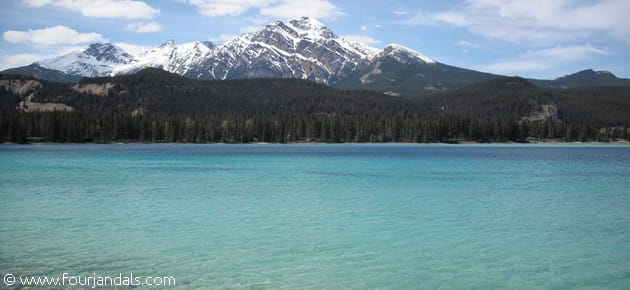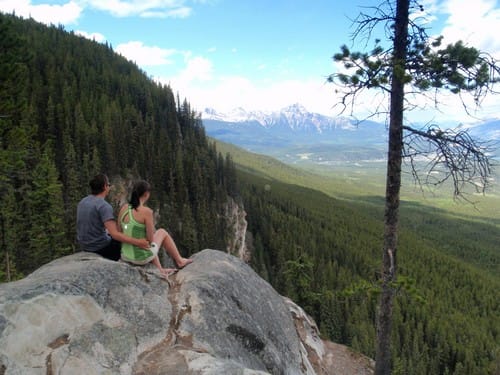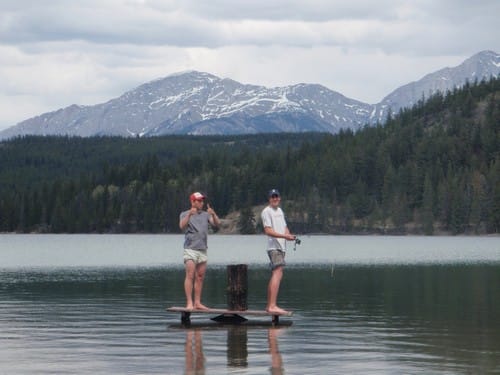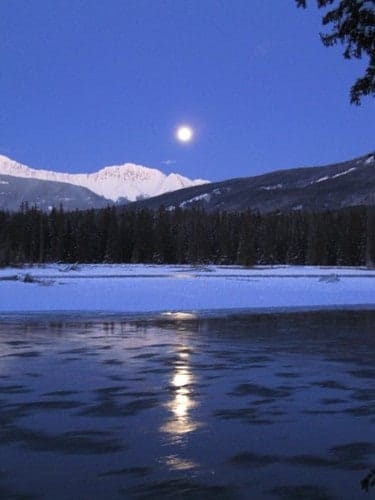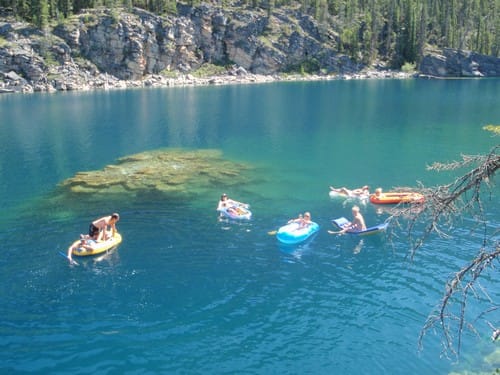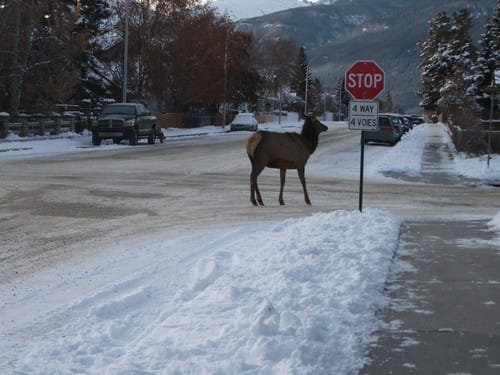Visiting Jasper National Park
Where do I begin? What is the best part of visiting Jasper National Park?
The awe-inspiring jagged mountains, the abundance of wildlife, the picture perfect lakes or the fact that it is an adventure lovers dream? Around every corner in Jasper National Park is a view worthy of a postcard and there is always something to keep you entertained.
Living in Jasper National Park for a year was hands down one of the best experiences of my life. As a city girl the prospect of moving to a town with a population of just under 5,000 was a little worrying. However I could not have chosen a better place to start my Overseas Experience with Cole.
Jasper is located in the largest National Park in the Canadian Rockies and over 2 million tourists every year flock to Jasper from all corners of the world. Most of them come to experience the adventure activities on offer.
With 10,878 square kilometers of mountain wilderness and a world class ski resort, Jasper boasts an unlimited amount of adventure activities to experience. You name it they got it: Hiking, Mountain Biking, Cliff Diving and Lake Swimming, Fishing, Kayaking, White Water Rafting, Snowboarding and Skiing, Wildlife watching and more.
And the best thing about the park is that these activities are not just designed for pros as there is something for everyone at every level. In fact, Jasper not only introduced me to mountain biking, it made it one of my passions.
Visiting Jasper National Park for the first time brings a new meaning to the word insignificant. You crane your neck to take in the rugged snow-capped mountains that loom over you from every angle and you realize just how small you are compared to the stunning environment.
One of my favourite things about visiting Jasper National Park is that the landscape differs dramatically from winter to summer which adds to the magic of the place. In winter the ground is blanketed in snow as far as the eye can see.
Rivers and lakes disappear under layers of blinding white snow and ice and you almost feel as if you are stuck in a giant snow globe. It is as if you are cut off from every other place in the world, surrounded by miles of snow covered wilderness. In fact sometimes you are as the snow falls so softly but in such quantities that the roads can be closed.
As the temperatures rise and the snow slowly begins to melt the park transforms. After months of white being the dominant sight you are suddenly greeted by bursts of color. Emerald lakes, lush green forests, an array of different color rock formations.
And do not even get me started on the flowers! It’s as if the locals in Jasper try to make up for the months without color by hanging or standing flower pots in every possible location.
Wildlife in Jasper National Park
In summer the wildlife comes out to play. Elk, Caribou, Moose, Deer, Mountain Goats, Bighorn Sheep, Grizzly and Black Bears, Beaver, Hoary Marmot, Wolves, Coyotes, Mountain Lions and Wolverines all roam the streets. Literally roam the streets…
On every walk or bike ride we were guaranteed to see some wild animals. There is nothing like careening down a hill on your bike before riding through a large herd of deer grazing between the woods.
Not so fun when it’s a mother bear and her cubs!
The Elk often wander through town as if they own the place and it is not unusual to see one cheekily hanging out in your back yard.
Tourists are always warned of the dangers of wildlife especially when out on the Hiking and Biking trails. Unfortunately these warnings often fall on deaf ears and it’s not unusual to see an ignorant tourist less than a meter from an elk with their camera stuck rudely in their face. We have even seen some step out of their car to try and get closer to a bear!
While the park is a tourism hot spot, Jasper National Park has managed to keep its small town charm unlike its big brother Banff which is crawling with tourists and chain stores just 4 hours away.
Jasper has a very relaxed and friendly feel to it.
Locals make a point to spend time chatting to each other from their cars while driving down the roads. Kids can be heard laughing and shrieking as they toboggan down hills and during winter there is a free community dinner in the town hall every Sunday for everyone (donations appreciated).
Oh, and get this, McDonalds left the town after the locals boycotted it for being too commercial!
Where to eat in Jasper National Park
Not only does the town offer a variety of outdoor activities but there is also a lot of excellent wining and dining to be done. I’m sure the plethora of restaurants and bars could accommodate the permanent residents of Jasper ten times over. There are some top quality restaurants in town as well as cute local cafes and bars. Do keep in mind it is a tourist town so it can be a bit pricey in some places.
Must eat’s are the Bears Paw Bakery (cabinets full of sweet treats), Wings Wednesdays at the Sawridge Hotel (a hot spot for seasonal workers as you can get 20 chicken wings for $2.50 and very cheap jugs of Kokanee beer) and Tonquin Prime Rib Village for a tasty steak as it says on the tin. To wash it down then explore Jasper’s own Brewing Company which brews specialty beers unique to Jasper with Honey Beer their most popular.
To sum up this fantastic town; if you are looking for a life changing work experience or even an unforgettable holiday then Jasper is the place to go. We dare you to find anyone who would not love it!
We have loads of posts from our time there so make sure you keep checking back or read some of our existing posts from our life in Jasper National Park:
Snowboarding at Marmot Basin Ski Area
